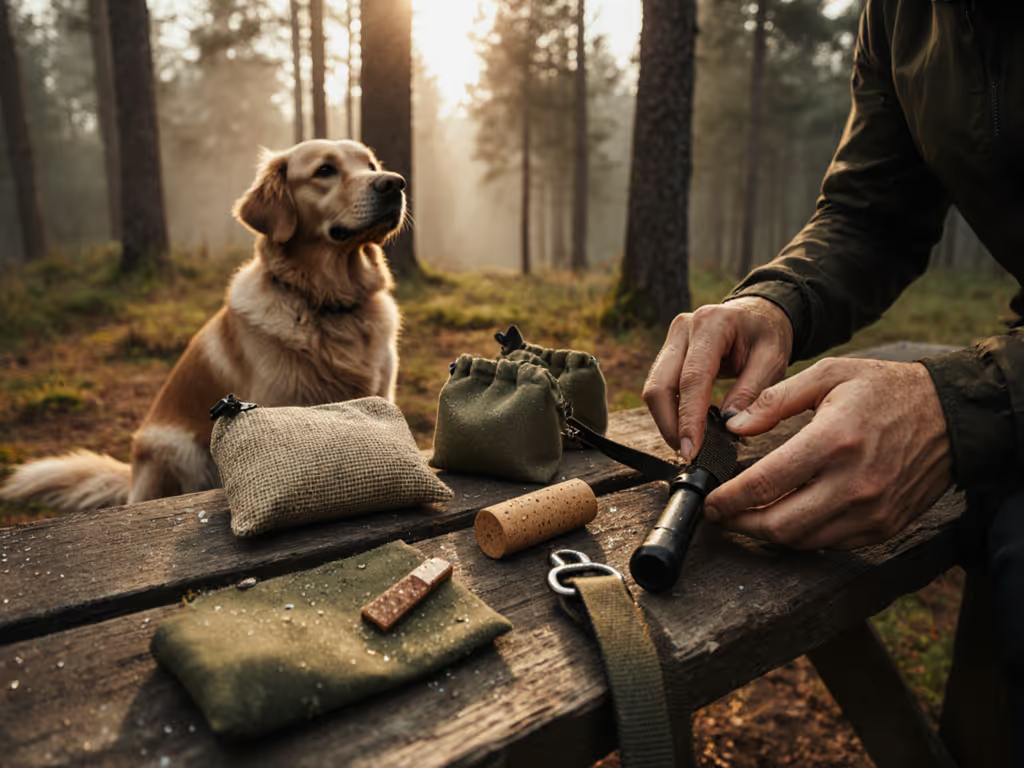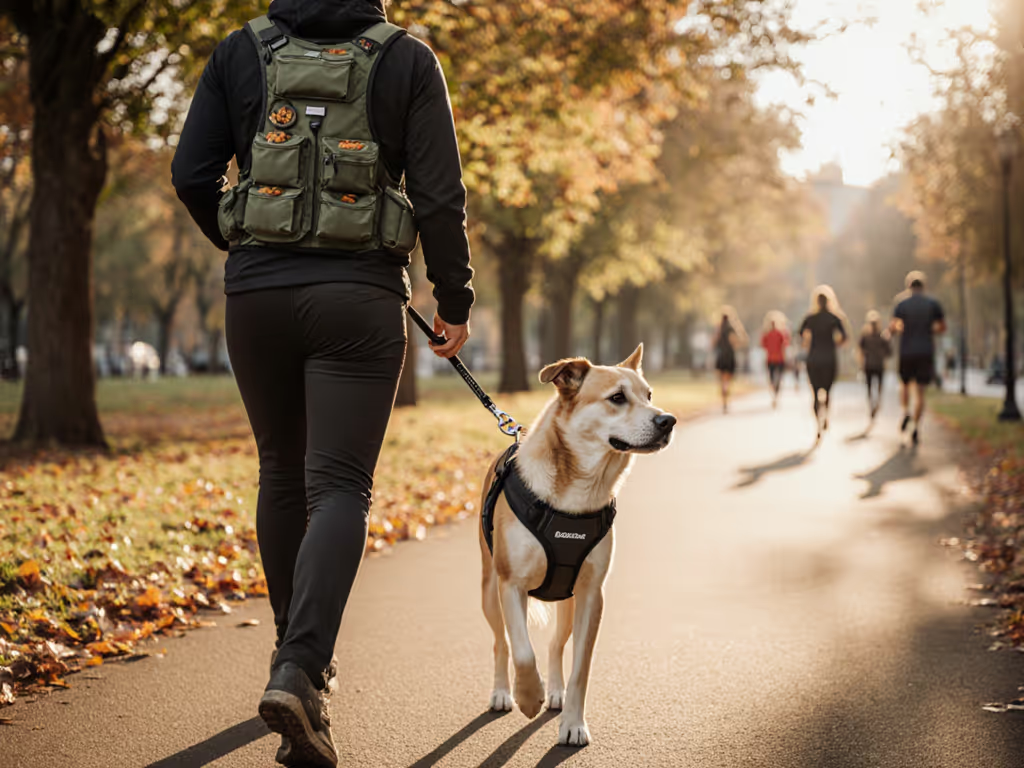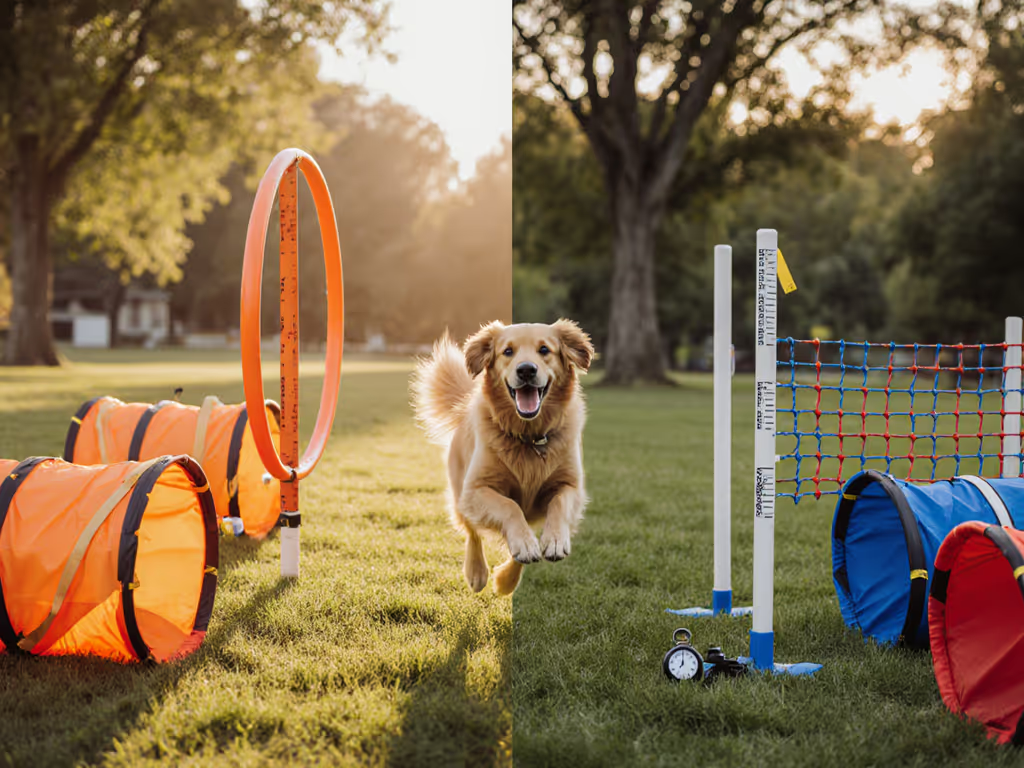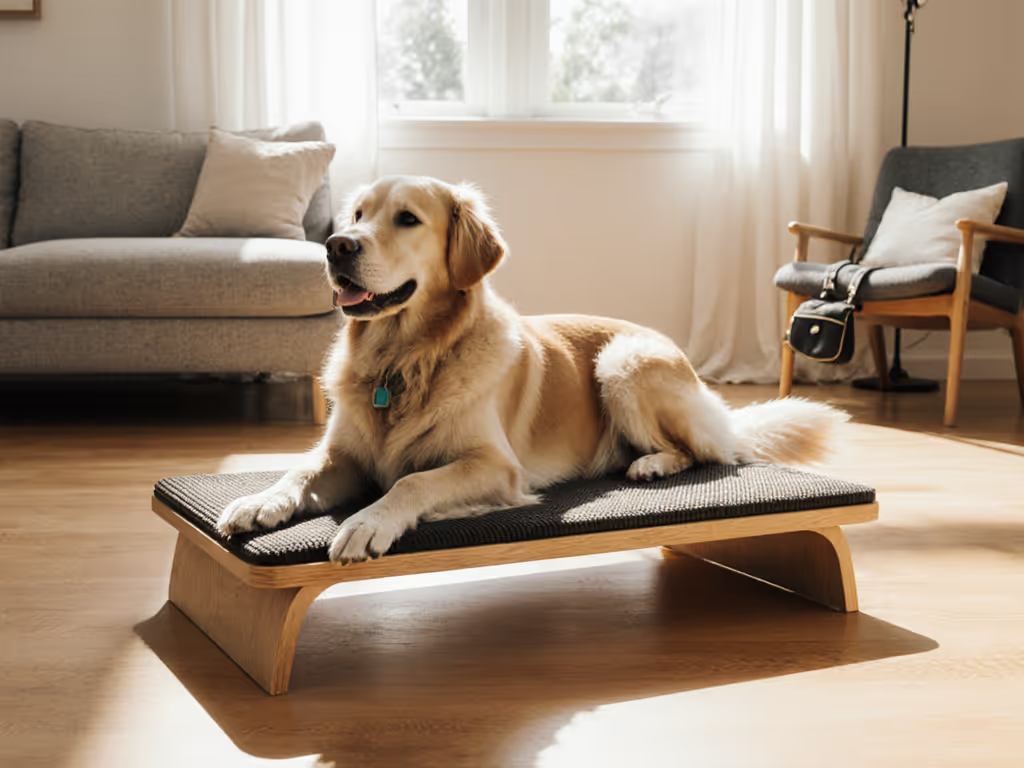
Hands-Free Trainer Vest: Loose-Leash Walks Made Easy

In those early days with a new dog, nothing feels more defeating than a leash that pulls like a tugboat while your arms ache and your confidence shatters. But what if I told you ten calm steps inside your apartment could become the foundation for peaceful street walks? That's when the right dog weight training vest paired with a thoughtful professional training vest system transforms chaos into connection. Like that moment I witnessed in a cramped hallway, where a guardian's tears of frustration turned to wonder after mastering three-minute thresholds with a front-clip harness and a simple turn cue. Small wins rewire habits, and your gear should quietly support those wins, not complicate them.
Today, we'll cut through the noise of gimmicky gadgets. Forget vests that promise miracles but deliver chafing straps or disappearing pockets. Instead, I'll guide you through a stage-based system where your hands-free trainer vest becomes a calming companion, not just for street walks, but for rebuilding trust both ends of the leash. Because calm, consistent reps create confidence, and your gear should honor that truth.
Why Your Current Gear Might Be Working Against You (And What to Fix)
So many guardians arrive at my virtual training sessions with mismatched equipment: collars that strain throats, treat bags dangling like bullseyes for snatching, or vests overflowing with everything but the kitchen sink. It's no wonder walks feel like wrestling matches. Let's align your gear to your actual goals:
- The pulling paradox: A standard collar on a leash-puller amplifies struggle. Pressure on the neck triggers fight-or-flight, not focus. Solution: Shift to chest-clip harnesses (like the balance harness) paired with a vest that anchors your posture.
- The distraction dilemma: Treating after reactivity (barking at mail trucks) trains the outburst, not the recovery. Solution: A multi-pocket dog vest positions high-value rewards at your sternum, so your dog learns to scan your face for cues, not the environment.
- The handler fatigue factor: Sore shoulders from juggling leashes, treats, and phones erode consistency. Solution: A true hands-free trainer vest redistributes weight across hips, not shoulders, so you stay grounded during threshold drills.

Small wins, stacked safely, build calm, confident teams.
The 4 Non-Negotiables for Your Training Vest (No Hype, Just Science)
After 8 years guiding 1,200+ guardians through home-to-street transitions, I've learned certain vest features make or break progress. Ignore influencer trends; prioritize these physiological and behavioral anchors:
-
Strategic weight distribution (not extra weight): Many confuse dog weight training vests (for canine fitness) with handler vests. Yours should feel like a weighted blanket: 5-10% of your body weight across hips, not shoulders. This stabilizes your posture so your leash cues stay neutral. Avoid vests adding weight to the dog (it stresses joints during foundational leash work).
-
Front-access treat storage: Pockets should sit above your waistband and open forward (not sideways). Dogs read our hip orientation. If treats hide behind your thigh, your dog angles away from you to access them, reinforcing pulling. A vest for treat storage with front-facing compartments trains your dog to stay aligned with your torso.
-
Breathable, low-profile layers: Look for mesh-lined panels under arms and across the back. Sweating = tension = shaky hands = inconsistent leash pressure. During summer sidewalk sessions, I've seen vests trap heat and spike guardian anxiety within minutes. Pro tip: If your vest has fleece lining, skip it for initial training phases. Add warmth later once reps are fluent.
-
Minimalist attachment points: A single D-ring center-back (not side rings) prevents leash-swings that confuse dogs. Your leash should flow straight from your hip to the dog's harness. No crisscross tangles. Extra rings invite "tool clutter" (treat bags, clickers dangling), stealing focus from your dog's subtle communication.
Your Stage-Based Vest Integration Plan (30 Days to Calm Walks)
Forget "fix-it-in-a-week" promises. Real change happens in context shifts, from hallway to doorstep to sidewalk. Below is my battle-tested progression checklist. Each stage requires only 3-5 minutes daily, but demands consistency. Track your wins in the table provided.
Stage 1: Home Foundations (Days 1-7)
Goal: Your dog offers eye contact before moving toward the door
Gear setup:
- Wear your durable training vest fully loaded (treats, keys, phone)
- Use a 6-ft leash clipped to a front-clip harness
- Remove all distractions (close curtains, silence phones)
Daily drill:
- Stand neutrally in your hallway (feet hip-width, hands resting on vest pockets)
- Wait for your dog to glance at you → immediately mark ("yes!") and treat at your sternum
- Step sideways (not forward!) after 2-3 calm steps → rewards focus on your movement, not the destination
Handler posture cue: Chin level, shoulders relaxed down. Tension in your neck telegraphs to your dog. Practice this while brushing your teeth!
Progression gate: Move to Stage 2 when your dog takes 5+ steps without pulling toward the door 80% of attempts.
Stage 2: Threshold Transitions (Days 8-14)
Goal: 10-second calm pauses at doorways
Gear upgrade:
- Add reflective strips to your vest (critical for street safety)
- Swap leash for hands-free bungee (absorbs sudden pulls)
Daily drill:
- At closed door, practice "sit-stay" while you adjust vest straps (real-world distraction!)
- Open door 6 inches → wait for dog to choose to sit → mark/treat before exiting
- Walk 3 steps outside → turn immediately (180°) → walk back inside → repeat
Stress-reduction tip: If your dog lunges, freeze, don't pull back. Say "oops" and close door. Reset. This teaches their choices control forward motion.
Progression gate: Proceed when your dog pauses calmly at thresholds for 10+ seconds across 3 different doorways (garage, front door, etc.).
Stage 3: Street Expansion (Days 15-21)
Goal: 50% loose-leash coverage on quiet sidewalks
Context shift:
- Walk only in low-traffic zones (parking lots at 8 AM, empty trails)
- Wear bright vest colors (yellows/blues stand out to motorists)
Daily drill:
- Start walk facing away from your destination (reduces anticipation)
- Reward any slack in the leash. Ignore speed. Say "with me" during pace changes
- Use curb lines as "focus zones": "Good walk" as you cross → treat on next block
Handler posture cue: Elbows glued to ribs. This prevents leash sawing. Imagine holding water bottles!
Stage 4: Distraction Mastery (Days 22-30)
Goal: 80% leash focus amid mild distractions (passing joggers, bicycles)
Advanced gear:
- Add one low-value toy to vest pocket (for "look at that" games)
- Use vest D-ring to clip your water bottle, which shifts weight subtly when you pivot
Daily drill:
- Spot distraction 20+ ft away → say "free dog" → let dog sniff/observe
- When they glance back at you → mark ("yes!") → treat before moving on
- Gradually decrease observation time (20 sec → 10 sec → 5 sec)
Critical reminder: Never force a "perfect" walk. If your dog struggles, step backward 10 ft. Reinforce recovery, not failure.
Gear Fails I've Fixed (So You Don't Waste Money)
Let's troubleshoot real guardian frustrations from my coaching logs:
-
Pain Point: "Vest pockets flop open mid-walk. Treats everywhere!" → Fix: Look for magnetic closures (not Velcro, dogs learn to rip it). Brands like Ruffwear use "roll-top" designs that seal under movement.
-
Pain Point: "My sighthound escapes standard vests!" → Fix: Opt for racing-harness-inspired vests with adjustable girth straps and chest straps. Measure girth behind the front legs, where most slips occur.
-
Pain Point: "Too many zippers. My dog hates the sound!" → Fix: Choose vests with silent fabric pockets (ripstop nylon over polyester). Test zippers before buying. Run your finger slowly along them.

Your Action Plan: Start Tonight
You don't need to overhaul your gear cupboard tonight. Choose one action that meets you where you are:
- If new to vests: Measure your torso now. Note waist and hip circumference (vests fit like hiking packs, not shirts!).
- If frustrated with current vest: Do a "pocket test" - jog in place while loading pockets. Does weight stay anchored?
- If struggling with pulling: Tomorrow's drill: Practice Stage 1's sideways steps while holding coffee. Real life isn't perfect!
Remember: Loose-leash walking isn't about the dog changing, it's about you becoming a predictable, calm leader. Every time you adjust your vest straps with intention, you're whispering, "I've got you." And that quiet confidence? It travels down the leash faster than any command.
Short reps, long gains. I'll meet you on the sidewalk.
Ready to try your first 3-minute hallway session? Grab your vest (even if it's not "perfect" yet), stand neutrally, and wait for one glance. That's your win. Tomorrow, add a step. Share your micro-win below. I read every comment.



